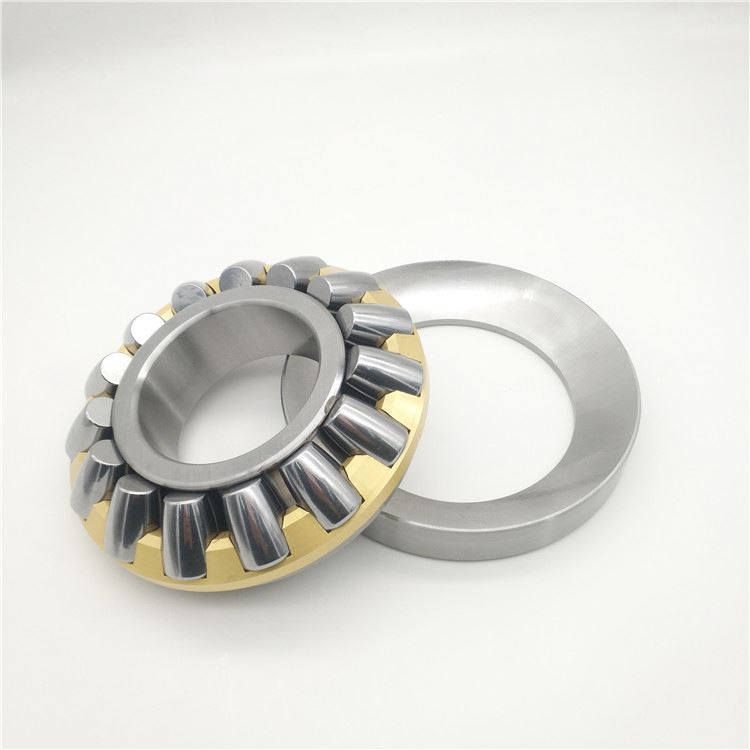Wind turbines and industrial machines both rely on high performance bearings to operate efficiently and reliably. However, bearings used for wind turbines have different operating conditions and design requirements compared to general industrial bearings. Let’s explore the key differences between wind turbine bearing and industrial bearings in detail.
What Are Industrial Bearings?
Bearings are mechanical components that allow moving parts within a machine to rotate or slide against each other with minimal friction. They support the rotary motion between the shaft and the housing of the machine. Bearings come in a variety of types like ball bearings, roller bearings, and fluid bearings. They are essential for the operation of rotating equipment across industries.

Top 4 Features List Below By Industrial Bearings Manufacturer
In comparison, industrial bearings typically operate under more stable conditions. Some key characteristics of industrial bearings include:
- Lower Speeds – Industrial bearings usually support shaft rotations of up to a few thousand rpm. Speeds are significantly lower than wind turbine bearings.
- Consistent Loads – Industrial machines experience relatively steady loads during operation. This simplifies the design of bearings for such applications.
- Shorter Service Life – Industrial bearings are designed for a service life of 5-10 years. This is significantly less than wind turbine bearings.
- Lower Reliability Requirements – Failure of an industrial bearing may cause downtime but does not often lead to catastrophic damage like in wind turbines.
Wind Turbine Bearings
Bearings used in wind turbines have to endure extremely challenging conditions of speed, load, and environment. Some key characteristics of wind turbine bearings include:
- High Speeds – Wind turbine components like rotor, main shaft and gearbox rotate at high speeds of up to 20 rpm. Bearings have to support these high-speed rotations continuously for several years without failure.
- Variable Loads – The load on wind turbine bearings constantly changes due to variations in wind speed and power output. Bearings need to accommodate these dynamic loads without excess wear.
- Large Dimensions – Wind turbine bearings are enormous in size and capacity to support the massive weights of rotor blades, nacelle and hub. Some main shaft bearings can weigh up to 5 tons!
- Long Service Life – Wind turbine bearings are designed for a service life of 15-20 years to minimize downtime and maintenance costs. This requires the use of advanced bearing materials and seals.
- Higher Reliability – Any bearing failure in a wind turbine can cause extensive damage and high downtime costs. So wind turbine bearings have to be extremely reliable and durable.
- Harsh Environment – Wind turbine bearing operates outdoors and are exposed to dust, moisture, vibration and extreme weather conditions. This affects their performance and longevity.
Conclusion Of Comparison Between Wind Turbine Bearings And Industrial Bearings
Wind turbine bearings have to be designed to withstand higher speeds, variable loads, larger dimensions, operate reliably for longer periods and function under harsh environments. This requires the use of advanced materials, designs and manufacturing technologies compared to standard industrial bearings. The performance and reliability requirements of wind turbine bearings far exceed that of typical industrial bearings.

